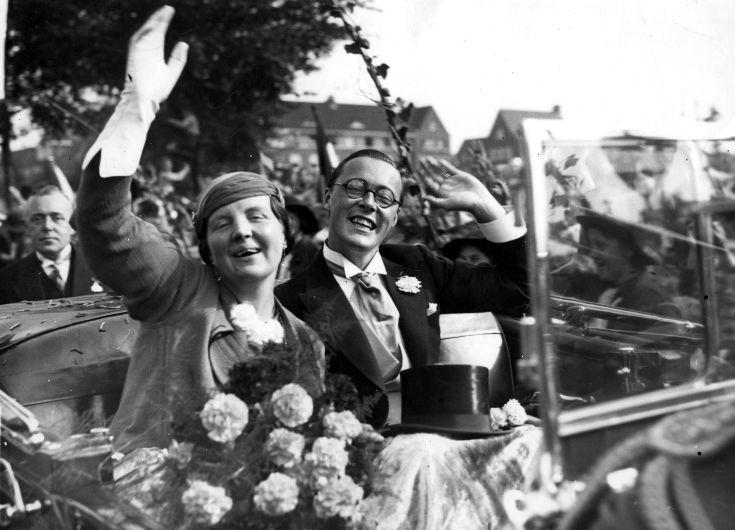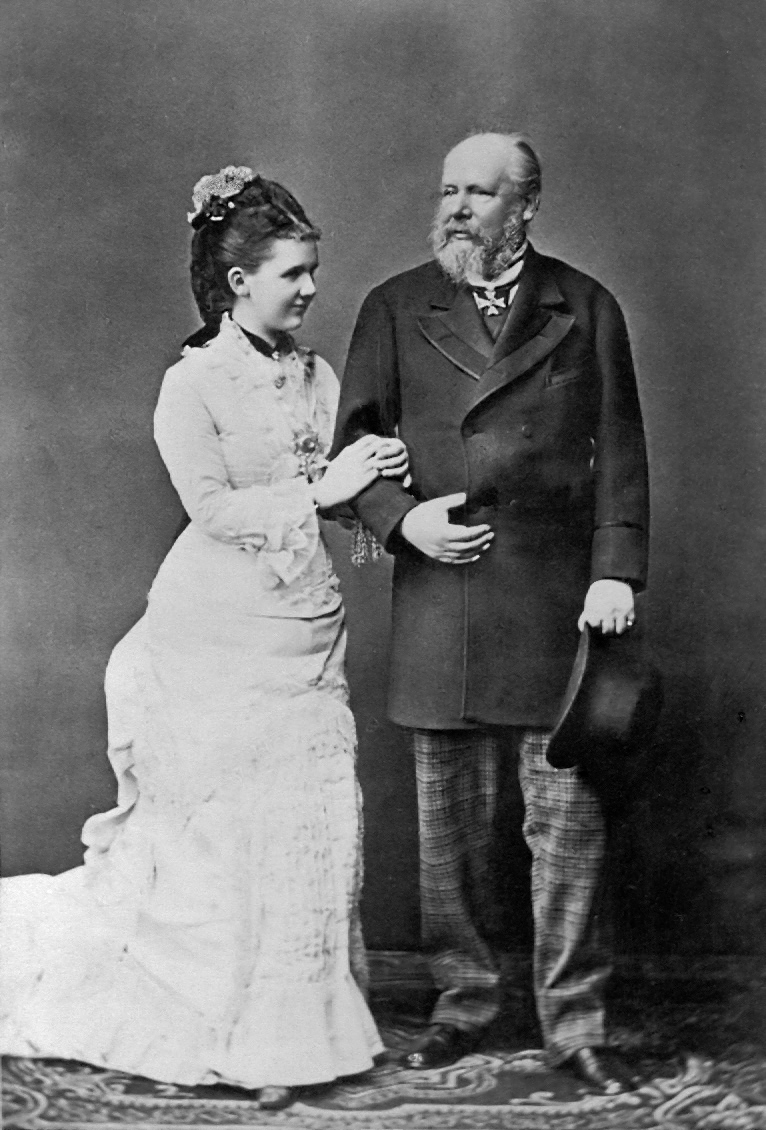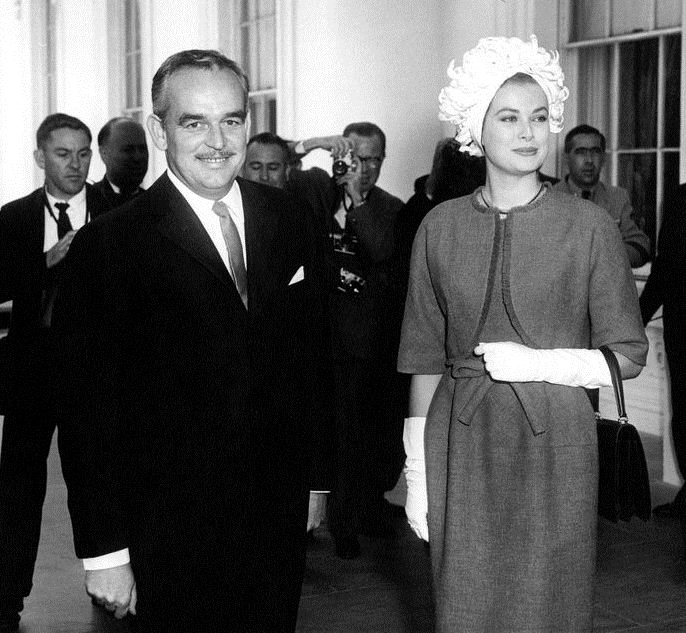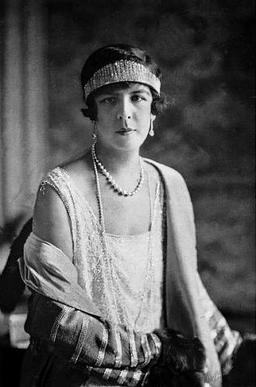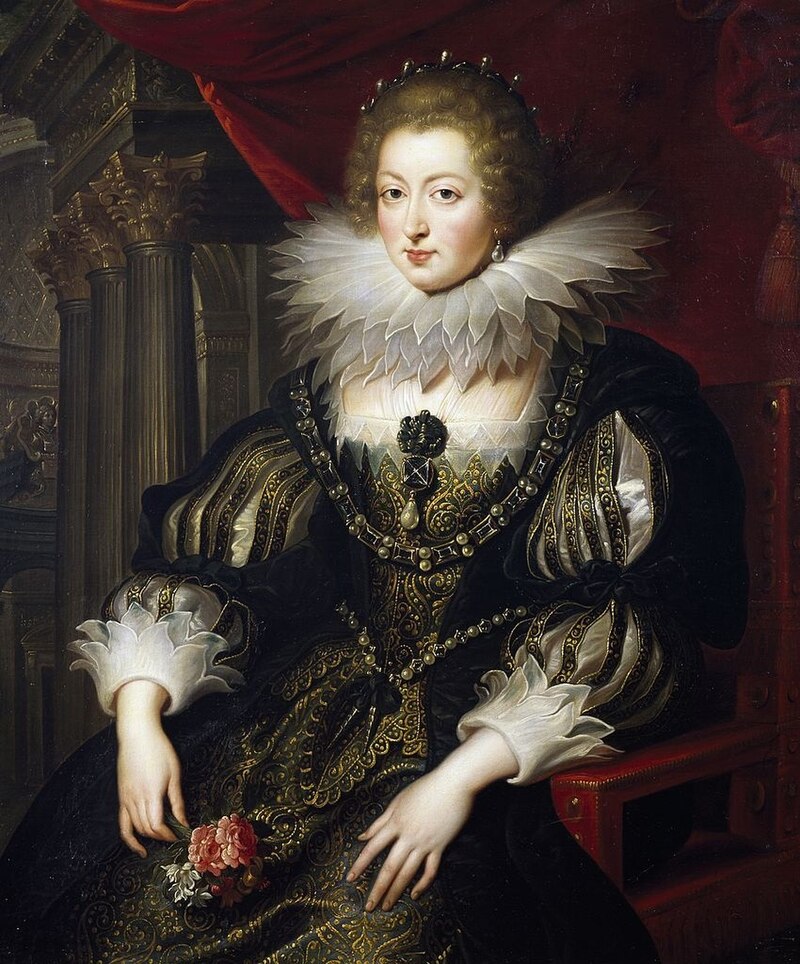compiled by Susan Flantzer
© Unofficial Royalty 2023
Infanta Leonor 2023
Infanta Leonor of Spain, Princess of Asturias is the elder of the two daughters of Felipe VI, King of Spain. Leonor is the heir presumptive to the Spanish throne, not the heir apparent. Currently, Spain’s succession law is male-preference cognatic primogeniture. This means that Leonor, as the elder of King Felipe’s two daughters, is first in line to inherit the throne, and she is the heir presumptive. However, if her parents had a son, which seems unlikely at this point, he would be the heir apparent and Leonor would forfeit the title of Princess of Asturias to her brother who would be Prince of Asturias. There have been discussions of changing the succession law to absolute primogeniture, where the eldest child, regardless of gender, inherits the throne, but no legislation has been forthcoming. If Leonor ascends to the throne, she will be Spain’s first queen regnant since Isabella II, who reigned from 1833 to 1868.
Through her father King Felipe VI, Leonor has a stellar royal pedigree. Her father is the only current European monarch to be descended from Queen Victoria of the United Kingdom via three of his grandparents. Leonor’s paternal grandfather King Juan Carlos I of Spain is descended from Queen Victoria’s youngest child Princess Beatrice whose daughter Princess Victoria Eugenie of Battenberg married King Alfonso XIII of Spain. Leonor’s paternal grandmother Queen Sofia, born Princess Sophia of Greece, is descended from Queen Victoria’s eldest child Victoria, Princess Royal via both her parents King Paul of Greece and Princess Frederica of Hanover. Among Infanta Leonor’s ancestors in the last six generations are the monarchs of Denmark, the German Empire, Greece, Prussia, Spain, and the United Kingdom. If we go back a couple more generations, there are monarchs of Austria, France, the Holy Roman Empire, and Russia.
Leonor’s mother Queen Letizia was born Letizia Ortiz Rocasolano in Oviedo, Asturias, Spain. She is of Spanish, Filipino, French, and Occitan descent. Occitan is an ethnic group that originated in the historical region of Occitania, located in southern France, northeastern Spain, northwestern Italy, and Monaco. Letizia’s paternal grandmother María del Carmen “Menchu” Álvarez del Valle was a famous radio broadcaster in Asturias, Spain for over forty years.
Parents, Grandparents, Great-Grandparents, Great-Great-Grandparents, and Great-Great-Great-Grandparents of Infanta Leonor of Spain, Princess of Asturias (born October 31, 2005)
- Unofficial Royalty: Infanta Leonor of Spain, Princess of Asturias
- Unofficial Royalty: Kingdom of Spain Index
The links below are from Unofficial Royalty, Wikipedia, Leo’s Genealogics Website, The Peerage, or Geni.
Parents

King Felipe VI of Spain and Letizia Ortiz Rocasolano, parents; Credit – By Ministry of the Presidency, Government of Spain, Attribution, https://commons.wikimedia.org/w/index.php?curid=97985420
- King Felipe VI of Spain (born 1968)
- Letizia Ortiz Rocasolano (born 1972)
Grandparents

King Juan Carlos of Spain and Princess Sophia of Greece, paternal grandparents; Credit – Wikipedia
- King Juan Carlos I of Spain (born 1938)
- Princess Sophia of Greece (born 1938)
- Jesús José Ortiz Álvarez (born 1949)
- María de la Paloma Rocasolano Rodríguez (born 1952)
Great-Grandparents
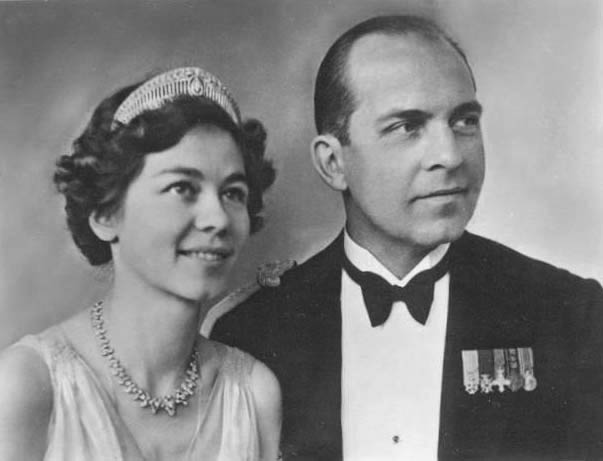
King Paul of Greece and Princess Frederica of Hanover, great-grandparents; Credit – Wikipedia
- Infante Juan of Spain, Count of Barcelona (1913 – 1993)
- Princess María de las Mercedes of Bourbon-Two Sicilies (1910 – 2000)
- King Paul of Greece (1901 – 1964)
- Princess Frederica of Hanover (1917 – 1981)
- José Luis Ortiz Velasco (circa 1923 – 2005)
- María del Carmen “Menchu” Álvarez del Valle (1928 – 2021)
- Francisco Julio Rocasolano Camacho (1918 – 2015)
- Enriqueta Rodriguez (1920 – ?)
Great-Great-Grandparents

King Alfonso XIII of Spain and Princess Victoria Eugenie of Battenberg, great-great-grandparents; Credit – Wikipedia
- King Alfonso XIII of Spain (1886 – 1941)
- Princess Victoria Eugenie of Battenberg (1887 – 1969)
- Prince Carlos of Bourbon-Two Sicilies (1870 – 1949)
- Princess Louise of Orléans (1882 – 1958)
- King Constantine I of Greece (1868 – 1923)
- Princess Sophia of Prussia (1870 – 1932)
- Ernst August III of Hanover, Duke of Brunswick (1887 – 1953)
- Princess Victoria Luise of Prussia (1892-1980)
- José Ortiz y Pool (? – ?)
- María del Carmen Velasco y Gutiérrez (? – ?)
- Eulalio Álvarez de la Fuente (1897 – 1983)
- Plácida del Valle y Arribas (1900 – 1993)
- Unknown father of Francisco Julio Rocasolano Camacho
- Unknown mother of Francisco Julio Rocasolano Camacho
- Unknown father of Enriqueta Rodriguez
- Unknown mother of Enriqueta Rodriguez
Great-Great-Great-Grandparents

Friedrich III, Emperor of Germany and Victoria, Princess Royal, great-great-great-grandparents by Hills & Saunders, albumen carte-de-visite, circa 1870, NPG Ax132839 © National Portrait Gallery, London
- King Alfonso XII of Spain (1857 – 1885)
- Archduchess Maria Christina of Austria (1858 – 1929)
- Prince Henry of Battenberg (1858 – 1896)
- Princess Beatrice of the United Kingdom (1857 – 1944)
- Prince Alfonso, Count of Caserta (1841 – 1934)
- Princess Maria Antonietta of Bourbon-Two Sicilies (1851 – 1938)
- Prince Philippe of Orléans, Count of Paris (1838 – 1894)
- Princess Marie Isabelle of Orléans, Infanta of Spain (1848 – 1919)
- King George I of Greece (born Prince Vilhelm of Denmark) (1845 – 1913)
- Grand Duchess Olga Konstantinovna of Russia (1851 – 1926)
- Friedrich III, German Emperor and King of Prussia (1831 – 1888)
- Victoria, Princess Royal (1840 – 1901)
- Ernst August II, Crown Prince of Hanover (1845 – 1923)
- Princess Thyra of Denmark (1853-1933)
- Wilhelm II, German Emperor and King of Prussia (1859 – 1941)
- Princess Augusta Victoria of Schleswig-Holstein (1858 – 1921)
- Unknown father of José Ortiz y Pool
- Unknown mother of José Ortiz y Pool
- Unknown father of María del Carmen Velasco y Gutiérrez
- Unknown mother of María del Carmen Velasco y Gutiérrez
- Unknown father of Eulalio Álvarez de la Fuente
- Unknown mother of Eulalio Álvarez de la Fuente
- Unknown father of Plácida del Valle y Arribas
- Unknown mother of Plácida del Valle y Arribas
- Unknown paternal grandfather of Francisco Julio Rocasolano Camacho
- Unknown paternal grandmother of Francisco Julio Rocasolano Camacho
- Unknown maternal grandfather of Francisco Julio Rocasolano Camacho
- Unknown maternal grandmother of Francisco Julio Rocasolano Camacho
- Unknown paternal grandfather of Enriqueta Rodriguez
- Unknown paternal grandmother of Enriqueta Rodriguez
- Unknown maternal grandfather of Enriqueta Rodriguez
- Unknown maternal grandmother of Enriqueta Rodriguez
This article is the intellectual property of Unofficial Royalty and is NOT TO BE COPIED, EDITED, OR POSTED IN ANY FORM ON ANOTHER WEBSITE under any circumstances. It is permissible to use a link that directs to Unofficial Royalty.
Sources:




